Troubleshooting Guide: Why Your Solar Lights Won’t Charge
Solar lights are a sustainable and cost-effective way to illuminate gardens, pathways, and patios. However, when your solar lights not charging, it can be frustrating, especially when you rely on them for nighttime ambiance or security. Common issues like dirty panels, faulty batteries, or wiring problems can prevent your solar powered lights from functioning properly. This comprehensive troubleshooting guide, inspired by discussions on platforms like Reddit, provides a step-by-step approach to diagnose and fix solar light charging issues. We’ll also share maintenance tips to ensure optimal solar light performance and keep your lights shining brightly.

Step 1: Inspect the Solar Panel
The solar panel is the heart of your solar powered lights, converting sunlight into energy to charge the battery. If your lights aren’t charging, start here:
- Check for Dirt and Debris: Dust, leaves, or bird droppings can block sunlight, reducing charging efficiency. Clean the panel with a soft cloth and mild soapy water to restore solar panel efficiency. Avoid abrasive materials that could scratch the surface.
- Verify Sunlight Exposure: Solar panels need 6–8 hours of direct sunlight daily. Ensure your outdoor solar lights aren’t shaded by trees, buildings, or other obstacles. Reposition the light if necessary to maximize exposure.
- Inspect for Damage: Cracks or scratches on the panel can impair performance. If the panel is damaged, consider replacing it. Some solar light repair kits include replacement panels compatible with common models.
Quick Fix: After cleaning or repositioning, monitor the light for 1–2 days. If it still doesn’t charge, proceed to the next step.
Step 2: Test the Rechargeable Battery
The rechargeable battery for solar lights stores energy for nighttime use. A faulty or degraded battery is a common cause of solar lights not charging.
- Check Battery Type and Condition: Most solar lights use NiMH batteries for solar lights (1.2V) or, less commonly, Li-ion batteries for solar lights (3.7V). Remove the battery and inspect for corrosion or leakage. Corroded terminals can be cleaned with a cotton swab and vinegar.
- Test Battery Voltage: Use a multimeter to check the battery’s voltage. For a 1.2V NiMH battery, a fully charged reading should be around 1.4V. If it’s below 1V, the battery may be dead and need solar light battery replacement. Popular options include Panasonic Eneloop (2000 mAh) or POWEROWL (2800 mAh).
- Verify Battery Age: NiMH batteries typically last 2–3 years or 500–1000 charge cycles. If your solar light battery lifespan has expired, replace it with a battery matching the original specifications (mAh and voltage).
Quick Fix: Replace the battery if it’s old or tests below the expected voltage. Charge the new battery fully before testing the light.
Step 3: Examine the Wiring and Connections
Loose or damaged wiring can disrupt the flow of energy, causing solar light charging issues.
- Check Wire Connections: Open the light’s housing and inspect the wires connecting the solar panel, battery, and LED. Look for loose, frayed, or corroded wires. Secure loose connections or replace damaged wires using a solar light repair kit.
- Inspect the Circuit Board: The circuit board controls charging and light activation. Moisture or corrosion can damage it. If you notice green or white residue, clean it gently with isopropyl alcohol and a soft brush. If the board is severely damaged, professional repair or replacement may be needed.
- Test the Photosensor: Many solar lights have a photosensor that detects darkness to turn the light on. Cover the sensor to simulate nighttime; if the light doesn’t activate, the sensor may be faulty, requiring replacement.
Quick Fix: Tighten loose connections or clean corrosion. If the circuit board or sensor is damaged beyond repair, consider replacing the light or consulting a professional.
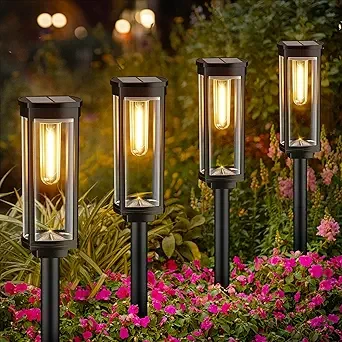
Step 4: Assess Environmental and Seasonal Factors
External conditions can impact solar panel efficiency and charging performance:
- Seasonal Sunlight Changes: In winter, shorter days and lower sun angles reduce charging capacity. Tilt the panel toward the sun or use a solar light maintenance routine to clean it more frequently during low-light seasons.
- Weather Conditions: Prolonged cloudy or rainy weather can limit charging. If possible, bring portable outdoor solar lights indoors during extended bad weather to prevent battery over-discharge.
- Temperature Effects: Extreme cold can reduce solar light battery lifespan, while excessive heat can damage panels or batteries. Ensure your weather-resistant solar lights are rated for your climate (e.g., -4°F to 122°F for most NiMH batteries).
Quick Fix: Adjust the panel’s angle or relocate the light to a sunnier spot. Use weather-resistant solar lights designed for your region’s climate.
Step 5: Test the Charging System
If the panel, battery, and wiring are intact, the issue may lie in the charging system itself:
- Check the Charge Controller: Some solar lights have a charge controller to regulate energy flow. A faulty controller can prevent charging. Test it with a multimeter or replace it with a compatible model.
- Verify Charging in Direct Sunlight: Place the light in direct sunlight for a full day, ensuring the switch is on. If it still doesn’t charge, the issue may be a defective panel or internal component.
- Use an External Charger: If you suspect the solar panel isn’t charging the battery, charge the battery externally using a compatible charger. If the light works after external charging, the panel or charge controller may need replacement.
Quick Fix: Replace the charge controller if faulty, or consider a new solar panel if external charging resolves the issue.
Maintenance Tips for Optimal Solar Light Performance
To prevent solar lights not charging and ensure optimal solar light performance, follow these maintenance tips:
- Regular Cleaning: Clean solar panels every 1–2 months with a soft cloth and soapy water to maintain solar panel efficiency. Avoid harsh chemicals that could damage the panel.
- Position for Maximum Sunlight: Place lights in areas with unobstructed sunlight for at least 6 hours daily. Adjust angles seasonally to capture more sunlight.
- Store Batteries Properly: During winter or prolonged cloudy periods, remove rechargeable batteries for solar lights and store them in a cool, dry place to extend solar light battery lifespan.
- Replace Batteries Timely: Monitor battery performance and replace every 2–3 years or after 500–1000 charge cycles to avoid solar light charging issues.
- Use Weather-Resistant Models: Invest in weather-resistant solar lights rated for your climate to withstand rain, snow, or extreme temperatures.
- Check Connections Periodically: Inspect wiring and connections annually for corrosion or wear, especially in humid or coastal areas.
- Upgrade to High-Quality Batteries: Opt for NiMH batteries for solar lights with high mAh ratings (e.g., 2000–2800 mAh) for longer runtime and durability.
When to Seek Professional Help or Replace the Light
If troubleshooting doesn’t resolve the issue, consider these options:
- Professional Repair: For high-end solar powered lights, consult a technician for circuit board or panel repairs. This can be cost-effective for premium models.
- Replacement: If the light is old or inexpensive, replacing it may be more practical than repairing it. Look for models with weather-resistant solar lights and high-capacity batteries for better longevity.
- Warranty Check: If your light is under warranty, contact the manufacturer for support or replacement parts.
Conclusion
When your solar lights not charging, a systematic approach can pinpoint and resolve the issue. By checking the solar panel efficiency, testing the rechargeable battery for solar lights, inspecting wiring, and accounting for environmental factors, you can restore your lights’ functionality. Regular solar light maintenance, such as cleaning panels and replacing batteries every 2–3 years, ensures optimal solar light performance. With these tips, inspired by Reddit community discussions, you can keep your outdoor solar lights glowing brightly, enhancing your outdoor spaces sustainably and efficiently.


-4-1-450x231.webp)


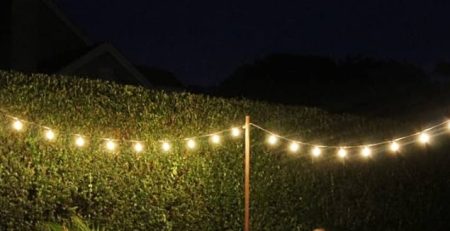
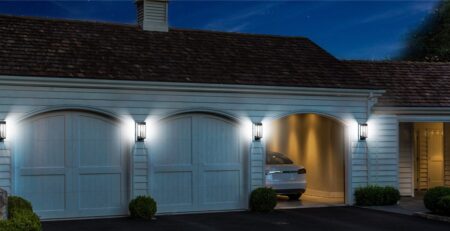
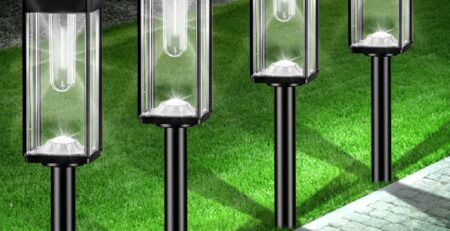

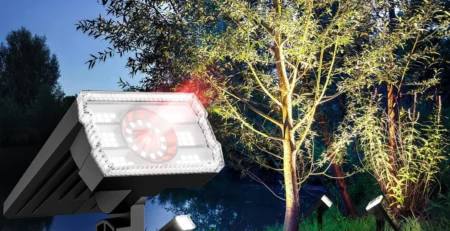
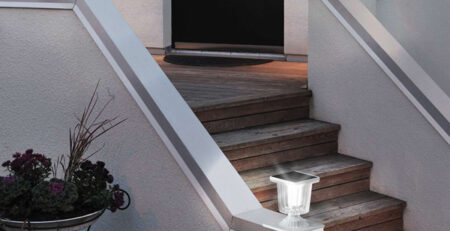
Leave a Reply